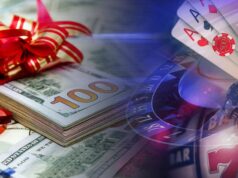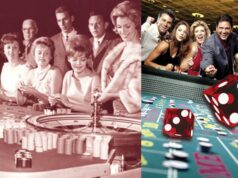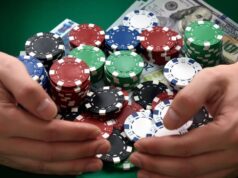Want to become a master poker player? The key is not just mastering the rules, but also developing a sound psychological strategy. This article offers insights into the art of bluffing and why it is critical to winning at poker. You will learn how to outthink and outwit your opponents and use bluffing as a powerful weapon to maximize your poker wins.
Introduction to Bluffing
Most people think bluffing is limited to making an overly aggressive bet on a weak hand in hopes of pushing your opponents off their hands. While that is one form of bluffing, it is far from the only one. Bluffing requires a deep understanding of psychology, including the ability to identify tells, recognize patterns and read your opponents’ body language. Online slot machines, for example, rely less on bluffing and more on luck. However, bluffing is still an important part of the game for those who play poker in a casino.
Bluffing is less about gambling than it is about reading your opponents and deducing how they will react to certain plays or positions at the poker table. When done successfully, bluffing can give you an edge over other players by making them believe they want to fold when you actually have a strong hand – or make them believe you have a winning hand when all you have are poor cards in front of you.
Benefits of Bluffing
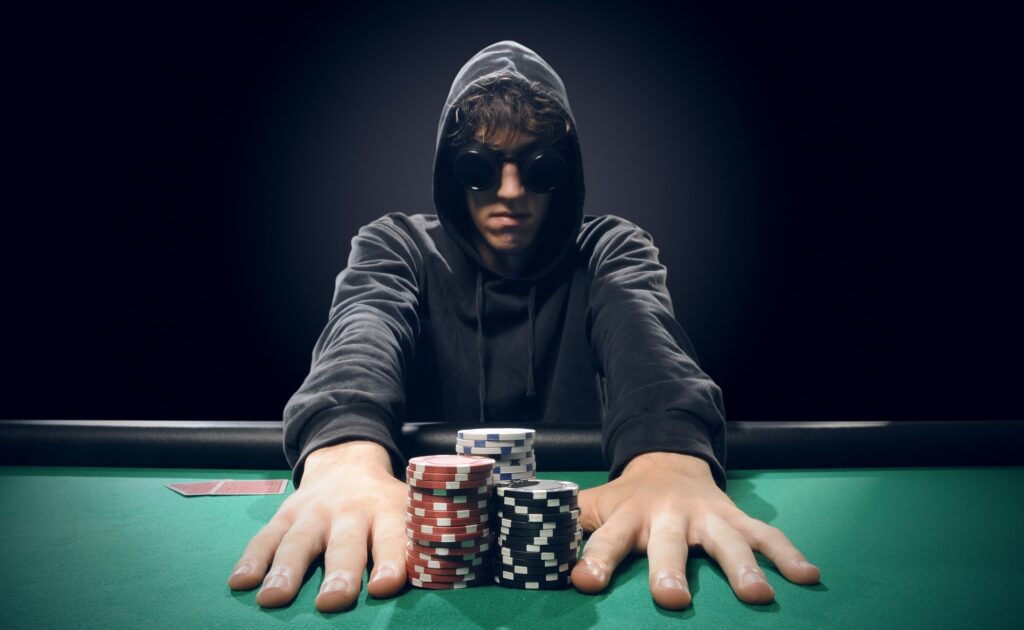
Successful bluffs allow you to scare off opponents and take pots with reckless abandon. In particular, when playing with weak opponents or those who aren’t paying attention, bluffing can be used to your advantage.
You can also use it as a way to build pot size without having the best hand, which is a great tool if you’re trying to increase your win rate or simply make more money off each pot. Lastly, savvy use of this trick can force your opponents into making wrong decisions that might lead them right into your trap.
Knowing how and when to exploit these benefits requires practice and experience that comes from playing many different types of players in different types of styles. However, some basic understanding of what makes for a successful bluff can help you get started on honing this necessary skill set for anyone looking forward to winning big pots at the poker tables!
Techniques for Bluffing

Here are some techniques you can use to help perfect your bluffing strategy:
- Always Analyze the Table: Before making any move at the table, it is important to take stock of the situation. Who are the remaining players? What kind of hands do they have? Are there any in-game initiatives that make it easier to win or lose? Knowing when and how much to bet can be determined in part by observing other players’ betting behavior.
- Know Who You’re Up Against: Every player at the table has different tendencies and strategies that they use when gambling. It’s important to know these tendencies so that you can use them against them as part of your own playing strategy. It’s also helpful to know general betting patterns for each type of player – tight, aggressive, passive, etc. because anticipating their bets will help you accurately discern their approximate hand strength based on their action alone.
- Pay Attention to Tells: A tell is an unconscious behavior exhibited by a player which indicates something about their current hand strength or even future betting intentions through body language and facial expressions. Observing tells is key for a great bluff – as when executed effectively it gives players invaluable perspectives regarding each participant’s level of “commitment” behind their respective holdings in a hand rather than evaluating merely its “worthiness”.
- Use Proper Bet Sizing: When bluffing, proper bet sizing should always be used depending on the circumstance/action taking place at the table prior to your decision time coming along; this includes whether full half or 3/4 pot betting sizes should be initiated. This tactic helps encourage weaker hands to muck while also ensuring that larger pots can be manipulated more easily through betting & raising tactics in order to maximize profits from more weak opponents post-flop who may not even bother putting money in during later streets if they feel they don’t have enough value in their own hands anyways!
How to Spot a Bluff
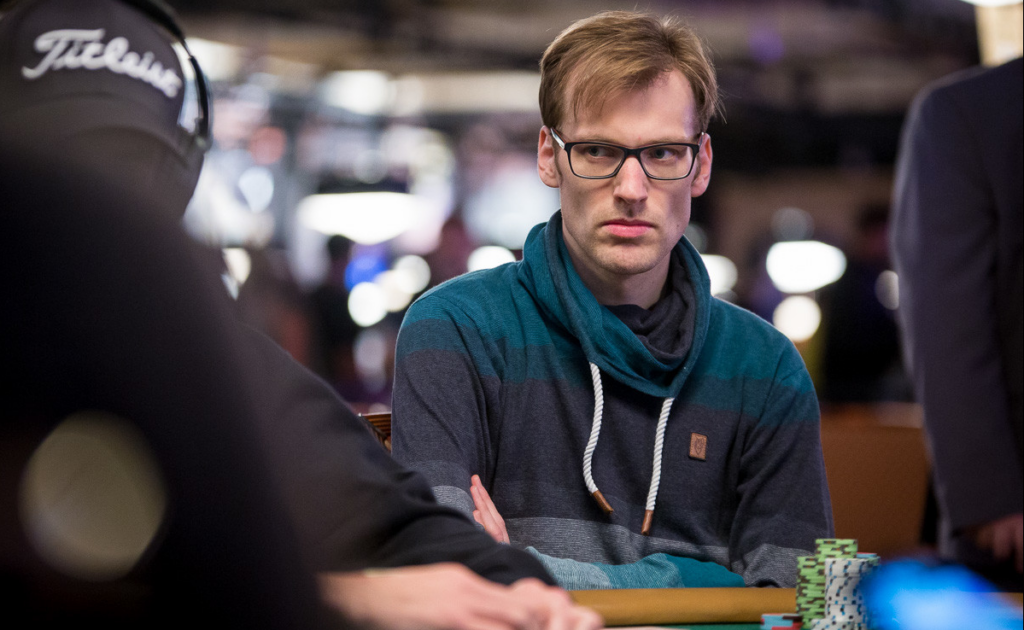
Spotting a bluff is an art form in and of itself. Fortunately, certain tells (or visible signs or gestures) that signal bluffing are universal across situations and games. There are four primary steps to spotting a bluff: observing, analyzing, interpreting diagnostics, and making decisions.
Watch for nervous shuffling and unusually loud or quiet behavior, either of which could indicate that they are hiding something. In particular, keep an eye out for excessive rubbing of hands and fidgeting with chips or cards. These could be signs of unease from the player trying to conceal their true cards or thoughts.
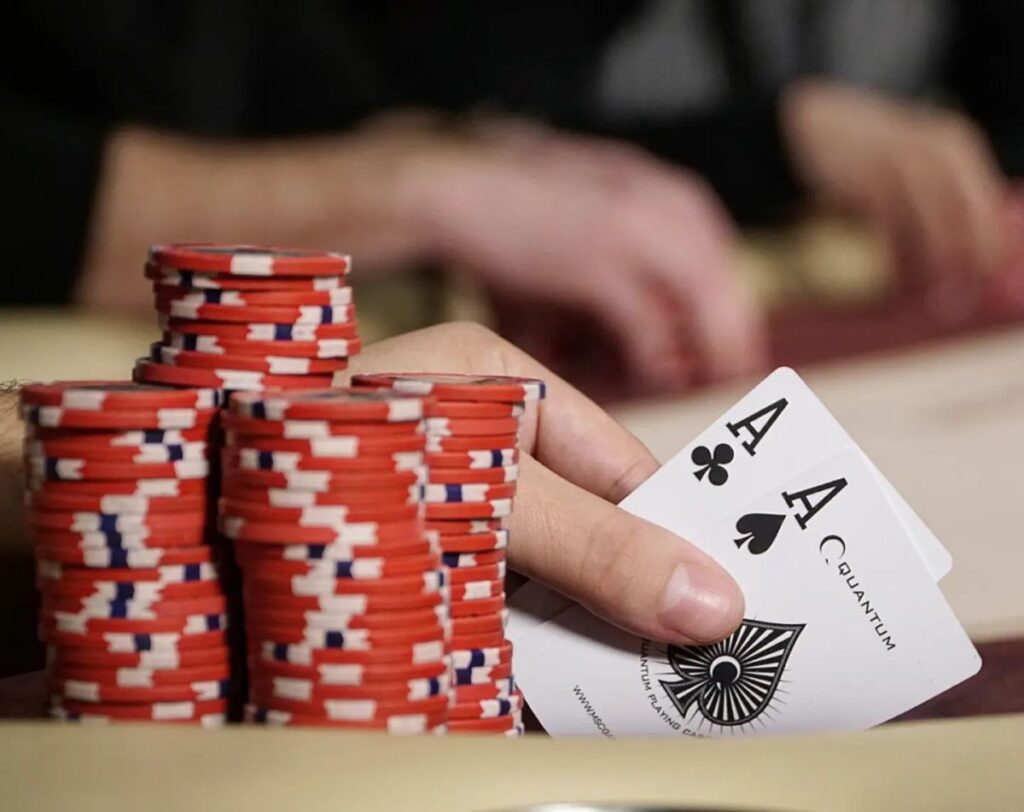
A telltale sign of bluffs can be found in betting patterns. Keep track of your opponents’ betting trends over several games to establish when they’re more likely to be lying over certain hands. Unexpected changes to these habits could suggest that they are hiding something or trying to protect a weak hand with deception.
Make mental notes on specific types of poker players known to regularly bluff, as well as some common red flags associated with classic poker tells like smiling too much at winning bets or gripping chips too tightly when scared away from a pot by another player’s bet raises the suspicion that someone may not have the best hand but is using slick tactics often deployed by bluffers instead.
Put together whatever analysis you can come up with in order to make an educated guess about someone else’s intentions at the table – whether it is determined if someone does indeed have strong cards in one game or weakness in another game – in order to make more successful decisions (whether it’s raising more aggressively with good odds against bluffs).
Conclusion
In conclusion, bluffing is an important component of every poker player’s arsenal. It can be used to make plays that would otherwise be impossible and can also be used to manipulate opponents into doing something that works in your favor. Effective bluffing requires a great deal of patience and practice, as success rates will begin small but then gradually improve.



